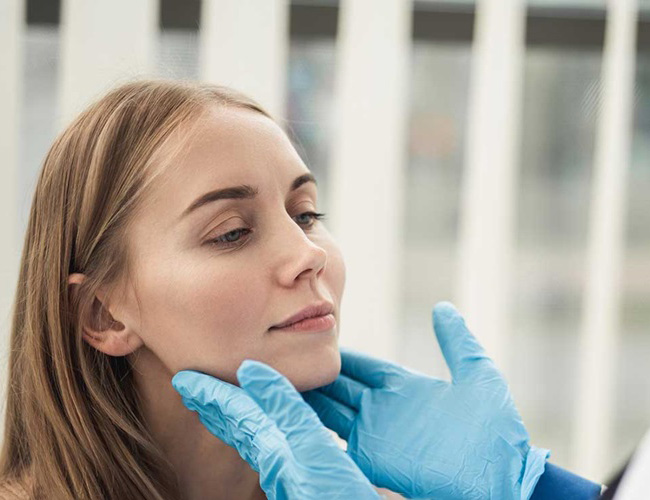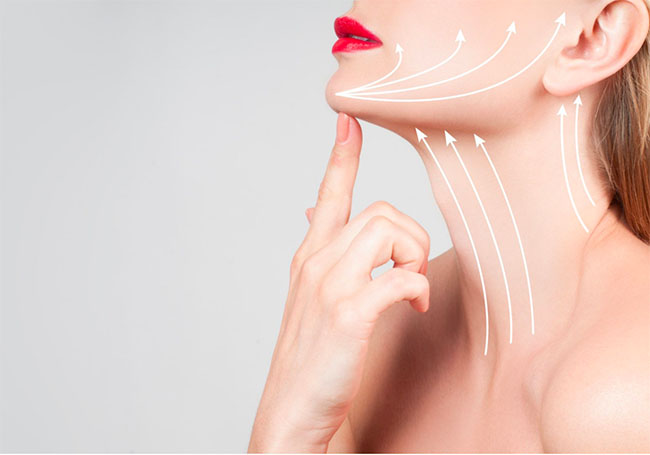Most specialists think the best place to buy Botox online is a reliable supplier with affordable prices. For example, such companies as Fillersupplies offer an impressive selection of high-quality products at pretty advantageous costs. We recommend browsing the Internet to find the best option for you.
What Is Achalasia?
Achalasia - an issue related to the food pipe disorder (oesophagus); it belongs to esophageal motility disorders (the same as symptomatic diffuse esophageal spasm). Even though this problem is pretty rare, it can still cause serious discomfort when it comes to swallowing food and drinks. Typically, the muscles of the oesophagus contract and squeeze the food toward the stomach, so the ring muscles, in the end, can relax and let it go into it.
Oesophageal achalasia doesn't allow the muscles to open properly (or sometimes don't open at all). That's why food and drinks can't get to the stomach and may even cause vomiting.
Some individuals don't know they need medical help because achalasia develops gradually. With time, it becomes more and more difficult to swallow food and drinks, and sometimes it may cause a painful sensation in the stomach area. It is crucial to discuss the treatment of achalasia with a doctor on time because, if not taken care of properly, this issue may lead to cancer of the oesophagus. Many specialists consider a botulinum toxin injection an effective treatment option, and now we are going to discuss it in more detail.
Can Botox Help With Achalasia?
There are a few procedures that can be helpful in treating esophageal achalasia:
- Botulinum toxin injections
- Peroral endoscopic myotomy (POEM)
- Heller myotomy (a traditional surgery)
- Pneumatic dilation.
Is It Safe to Inject Botox Into Lower Esophageal Sphincter?
Achalasia botulinum toxin is relatively safe and effective among all available treatment options. The seriousness of adverse reactions depends mainly on one's health condition and overall well-being; usually, the most common side effects include minor discomfort, stomach ache, weakness, etc.
If such symptoms as chest pain, blood in the stool, fever, vomiting, shortness of breath, and other signs of severe adverse reactions occur, it is crucial to get in touch with a doctor to discuss possible ways to deal with these problems.
Before and After Treatment Rules
Preparation for the injection of botulinum toxin is similar to the preparation for upper endoscopy. The only thing that's different is that it's important to not drink any liquids at least 24 hours before the injection procedure.
There also should be somebody who can take care of patients treated with botulinum toxins because the sedatives or anesthesia can make an individual drowsy; it would be great if they are older than 18 and have a valid driver's license to drive a person home after the procedure.
Speaking about the post-treatment period, an individual should be placed into the recovery room after the intrasphincteric botulinum toxin; there, a doctor will tell more about the general success of the procedure, as well as some basic rules related to the diet, medications, and other post-treatment recommendations. In order to see the effect, up to a week may be required.
Remember: The results are not permanent, so that a follow-up injection session will be needed after approximately four months.
The Bottom Line
Botox injection for achalasia is an effective, relatively safe option that is suitable for various types of patients. It rarely causes severe adverse reactions and works well for a long time. Specialists recommend repeating the procedure every three-four months to preserve the results, but this is strictly individual and should be previously discussed with a doctor. That's it for today, thank you for reading!





















